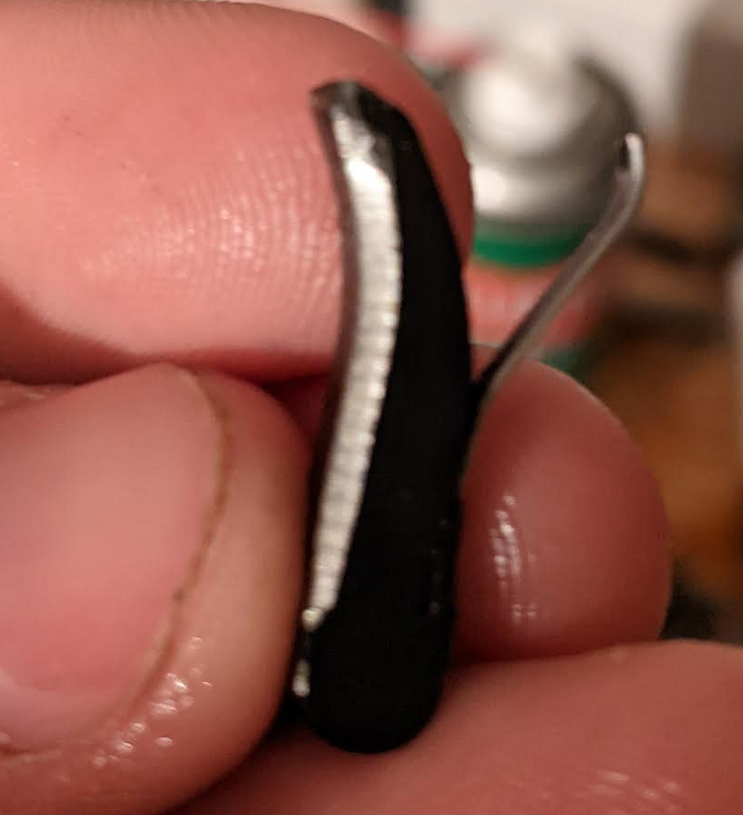Howdy folks. I was out shooting my Navy a few weeks ago, and had a fun time doing so as always.
Only trouble was, after I took it apart for cleaning and put it back together, I noticed there was a pretty remarkable level of play with the cylinder. It's especially loose when the hammer is down, but even when the hammer is cocked, there is a surprising amount of wiggling allowed. However, at full cock, the hammer actually has a little bit of travel left to go (more than I would expect is normal); when pulled all the way back, all of the wiggle is eliminated, but when let back to full cock, the wiggle returns.
I did not have this issue previously, although I did notice after twelve shots or so while I was shooting, the cylinder rotated slightly clockwise after a few shots rather than staying in place. The last few times I've cleaned it, I didn't do a full takedown, just removed the barrel and the cylinder, so the internals haven't been touched since long before this issue presented itself. Any ideas?
Only trouble was, after I took it apart for cleaning and put it back together, I noticed there was a pretty remarkable level of play with the cylinder. It's especially loose when the hammer is down, but even when the hammer is cocked, there is a surprising amount of wiggling allowed. However, at full cock, the hammer actually has a little bit of travel left to go (more than I would expect is normal); when pulled all the way back, all of the wiggle is eliminated, but when let back to full cock, the wiggle returns.
I did not have this issue previously, although I did notice after twelve shots or so while I was shooting, the cylinder rotated slightly clockwise after a few shots rather than staying in place. The last few times I've cleaned it, I didn't do a full takedown, just removed the barrel and the cylinder, so the internals haven't been touched since long before this issue presented itself. Any ideas?








